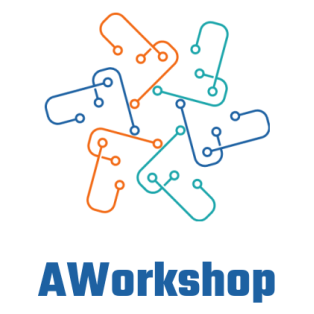Indigenous medicine has been practiced for centuries, offering unique healing methods that are deeply rooted in cultural traditions and passed down through generations. However, with the advent of modern healthcare and the dominance of Western medicine, these traditional practices have been at risk of fading away.
Fortunately, technology is playing a significant role in preserving and integrating indigenous medicine into contemporary healthcare systems. From digital databases to mobile apps, technology is helping bridge the gap between traditional healing practices and modern medical advancements.
Promoting Traditional Knowledge
One of the greatest challenges faced by indigenous medicine is the documentation and preservation of traditional knowledge. Much of this knowledge is stored in oral traditions, making it vulnerable to loss over time. However, through the use of technology, traditional healing practices are being recorded, documented, and made accessible to future generations.
Digital databases and online platforms are being developed to collect and store information about medicinal plants, remedies, and therapeutic techniques used by indigenous communities. This not only allows for the preservation of traditional knowledge but also creates a resource for researchers, healthcare professionals, and individuals interested in alternative medicines.
Improving Healthcare Access
Another significant impact of technology in the intersection of tech and indigenous medicine is the improvement of healthcare access for remote indigenous communities. Many remote areas lack proper healthcare facilities, making it challenging for community members to receive the care they need.
Telemedicine, a practice that uses technology to provide healthcare services remotely, has made it easier for indigenous communities to access healthcare resources. Through video consultations and remote monitoring, individuals in remote areas can consult with healthcare professionals, including traditional healers, without having to travel long distances.
Preserving Cultural Identity
The integration of technology and indigenous medicine also helps preserve the cultural identity of indigenous communities. Traditional healing practices are deeply intertwined with cultural beliefs, rituals, and ceremonies. By incorporating technology into the preservation and promotion of indigenous medicine, cultural traditions are reinforced and kept alive.
Digital platforms and mobile apps specifically designed for indigenous communities allow for the dissemination of cultural knowledge, empowering individuals to reconnect with their roots and preserving cultural oral traditions. These platforms provide a space for sharing stories, connecting with other community members, and fostering a sense of belonging.
Collaboration and Innovation
Technology has also opened up opportunities for collaboration and innovation in the field of indigenous medicine. Through virtual conferences, online forums, and social media platforms, traditional healers, researchers, and healthcare professionals can come together to exchange knowledge, discuss best practices, and explore new approaches.
This collaboration between traditional healing practices and modern healthcare not only benefits indigenous communities but also contributes to the wider healthcare system. By integrating traditional knowledge into mainstream medicine, holistic approaches to healthcare can be developed, considering both indigenous and Western perspectives.
The intersection of tech and indigenous medicine provides a promising future for preserving traditional healing practices. Through the use of technology, traditional knowledge is being documented, healthcare access is being improved, cultural identity is being preserved, and collaboration is thriving. As we continue to embrace technological advancements, it is crucial to ensure the respectful and ethical integration of indigenous medicine into the healthcare systems of today and tomorrow.
